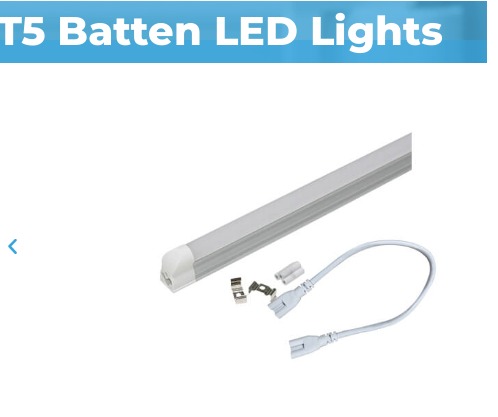LEDs have been a major player in the market for a while. Investing in LEDs will not only save you money but also significantly reduce the time and effort required to revamp or replace units. You may have thought that the days of flickering lights are over with LEDs slowly replacing fluorescents. Although T8 LEDs have fewer issues than fluorescents and flickering is much less frequent, led manufacturers in china, to flicker or stop working altogether. These issues are usually easy to solve. For a quick fix, here are some steps to take. All of the steps should be done by licensed electricians.
Table of Contents
Step 1 – Identify your current setup
Assessing your current setup is the first step in diagnosing the problem. You should inspect your wiring, ballast/driver, and tombstones for any loose or defective connections. Flickering T8 LEDs can be caused by a loose connection in the circuit. The flickering issue can often be resolved by repairing the power-connection problem or reattaching the wire to the driver circuit. Make sure the lamp is securely fastened and that the connection point isn’t loosening over time.
Step 2 – Reduce Other Points of Failure
Checking for incompatible switches may help if your wiring and connections work. Many T8 LED lamps cannot be used with older dimmers or switches. Your LED lamps may flicker or have power problems due to a variety of reasons, including:
Many modern LEDs have become incompatible with switches that we’ve used for many years. Many of the older switches are not compatible with modern LED technology, making dimming switches a major problem. You can test your bulbs to see if they are flickering by changing the bulb with an incandescent one.
Most dimmers work via phase cutting, meaning voltage is reduced. This is useful for many applications, but LED circuits have more trouble with phase cutting, which results in amplified flickering or a lack of power at startup. There are LED-specific dimming switch options available if your application requires dimming. LEDs are almost always worth the investment. It is crucial to ensure that your existing solution works with this new technology. Make sure to evaluate your application before making any changes that will ensure your LEDs work as they should.
Relaxation Oscillator & Electronic Series Resistance
Low-quality lamp components, such as capacitors (they store electricity), can affect your lamp’s output. They are often heat sensitive and have a low-rated life. Through a driver module, capacitors control the current that is supplied to the LED. A lamp’s equivalent series resistance (ESR), is a change in its characteristics and performance due to cheaper components, uncontrolled temperatures, frequency interruptions, or other factors. A relaxation oscillator is another electrical effect that can cause flickering and power problems in an led panel light manufacturers. The relaxation oscillator causes the LED lamp’s capacitors to flip between their on/off cycles. A charging cycle when the lamp has been turned off means that the lamp should be left on, but the relaxation oscillator effect causes temporary illumination (nanoseconds long), which is what the average person perceives as a flicker.
Incorrect power and surge Wattage
A lamp that is new to be installed requires more power than one that has been in use for a long time. The extra power can cause LED lamps to flicker and put stress on them. This is usually due to a drop in or surge of power. It is recommended that larger loads be moved to a high voltage circuit to avoid this problem. This reduces the voltage load’s pressure and eliminates the possibility of flickering.
Voltage levels changing
The wiring of an application can change the voltage levels. Each wire uses a different voltage level, so the voltage flows through them all. Multiple appliances can cause a change in the voltage level, which can lead to flickering lamps and peaks or dips in your voltage levels. Due to heavy appliances, this is a common problem in many homes. You should check the voltage in your space/office to make sure it is sufficient to power all of your appliances when they are needed.
Step 3 – Fix the Malfunctioning Component
After you have completed all the testing and narrowed down the problem component to the one that is defective, you should speak with your manufacturer to explain what you did. Your manufacturer should replace the lamp if it is still under warranty. Your manufacturer will be able to help you locate a replacement part if the lamp is not under warranty. To ensure safety, it is a good idea to have an electrician replace the parts.
For more detail visit our website https://www.shinelongled.com/product/t5-batten/.

